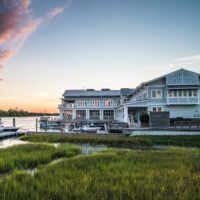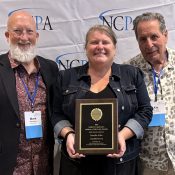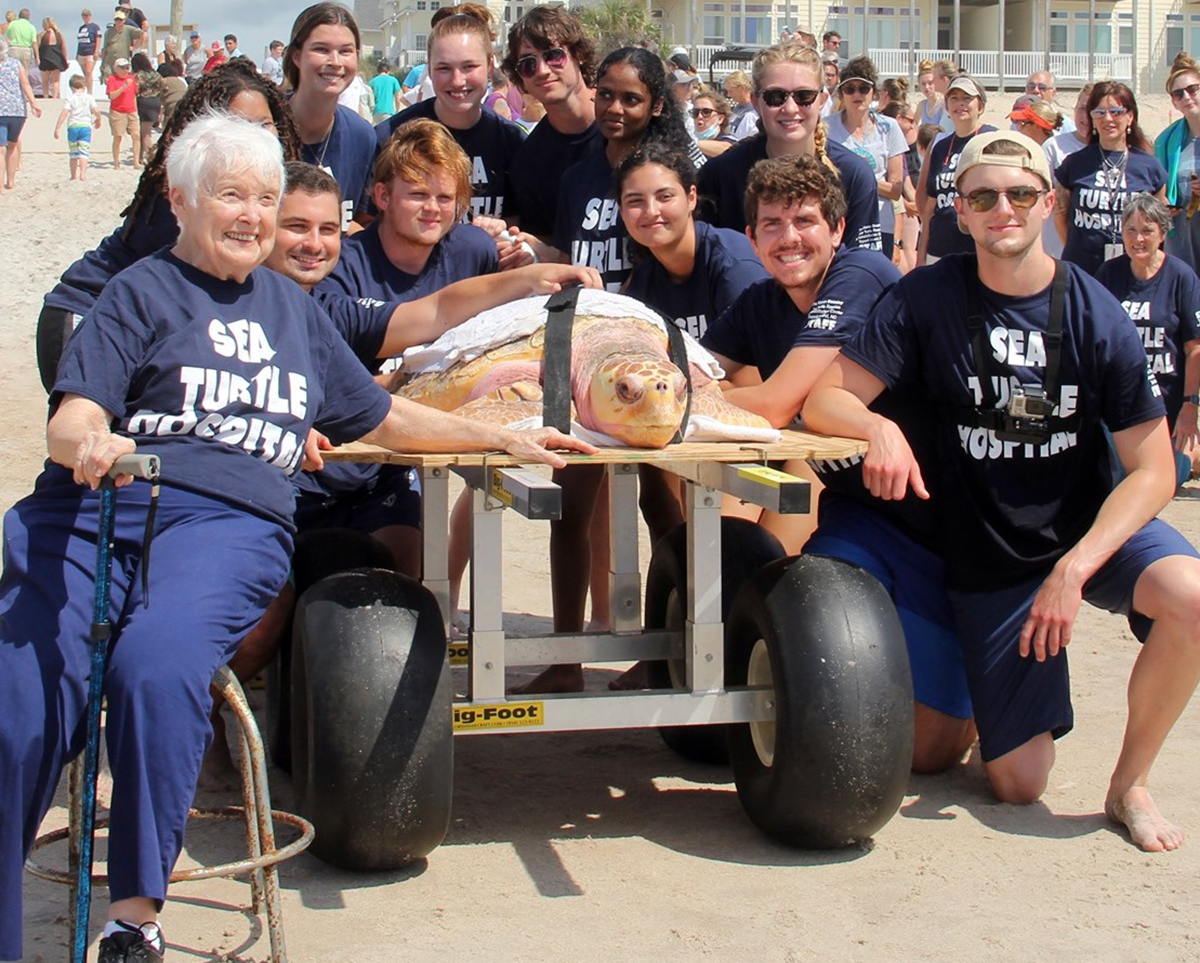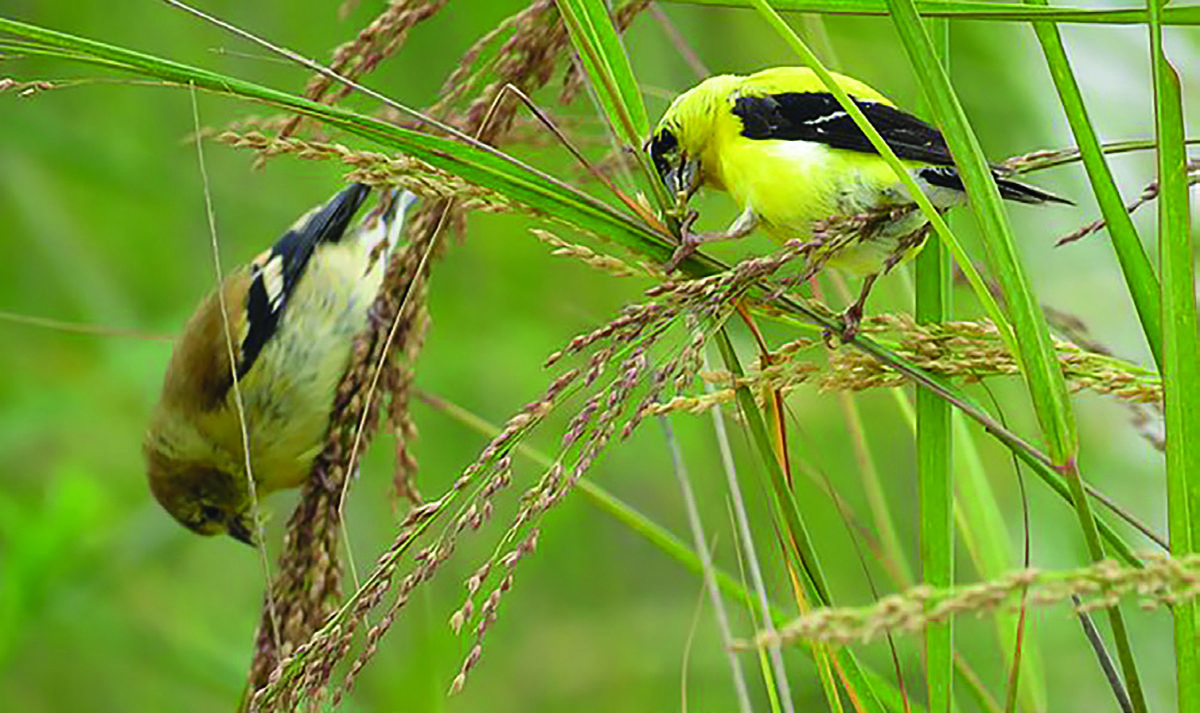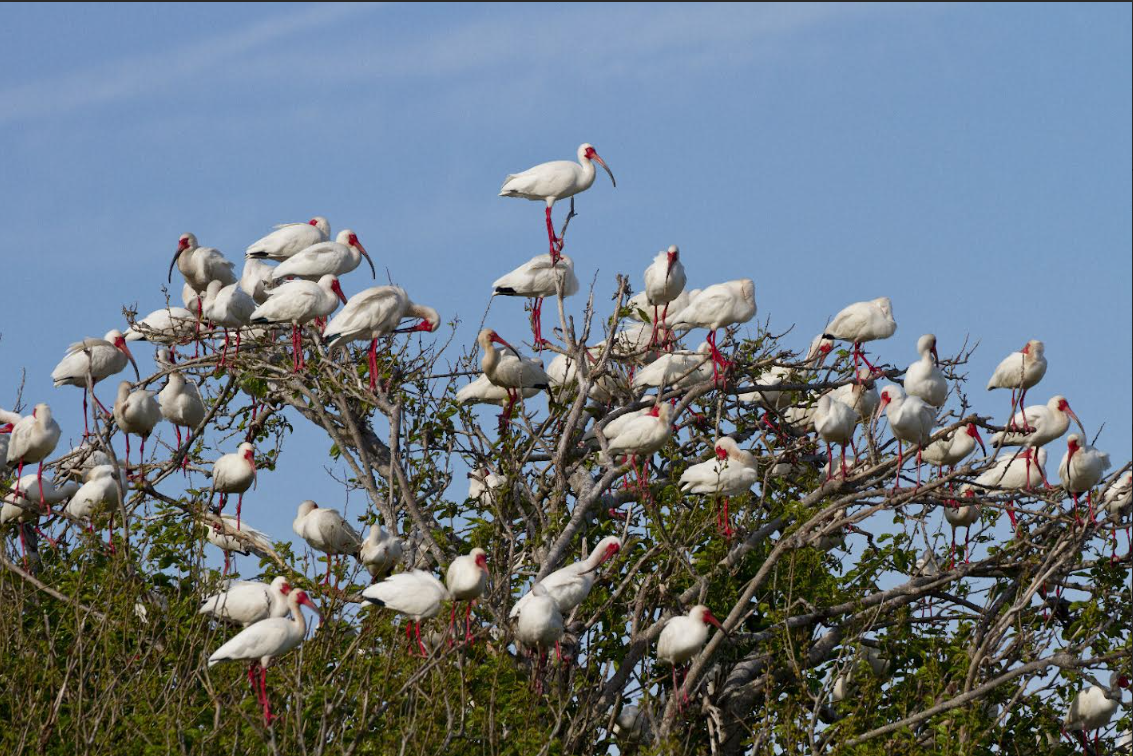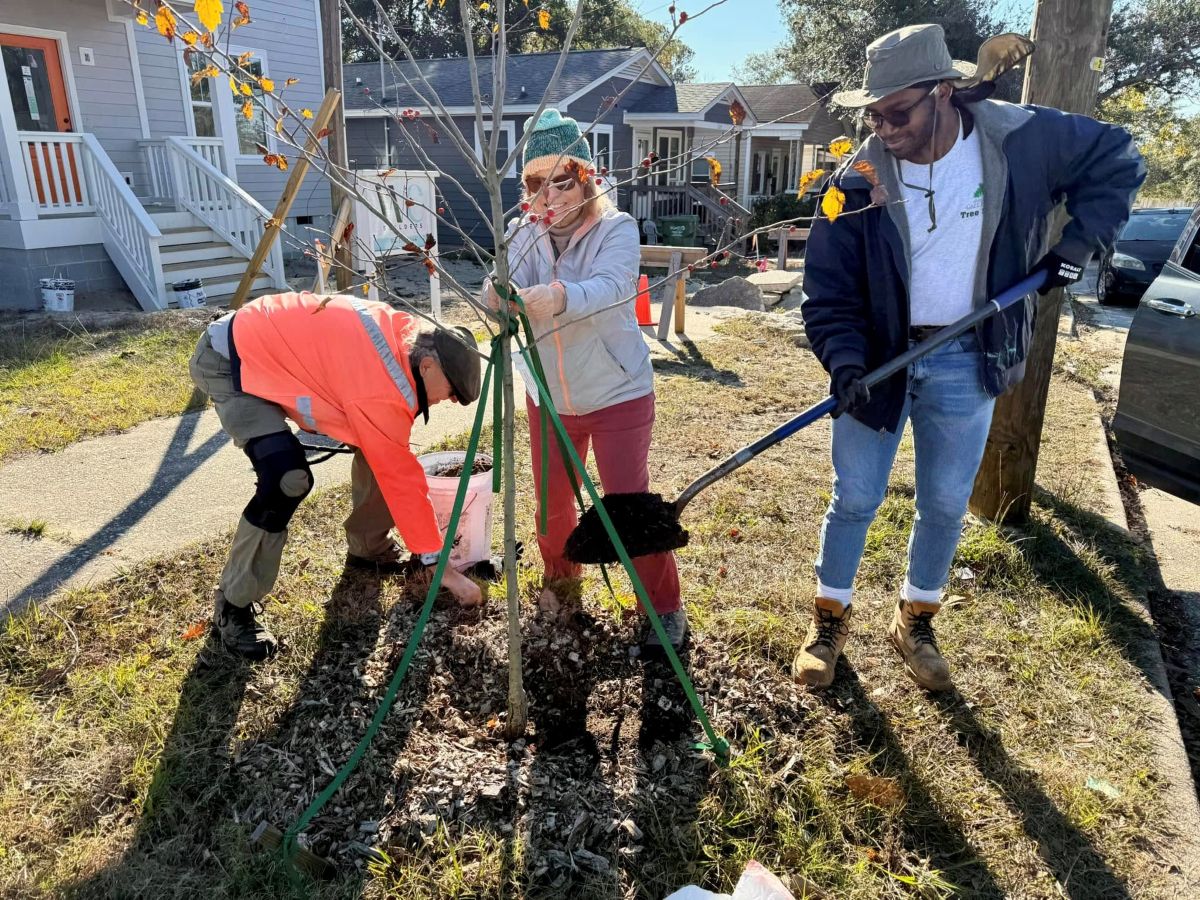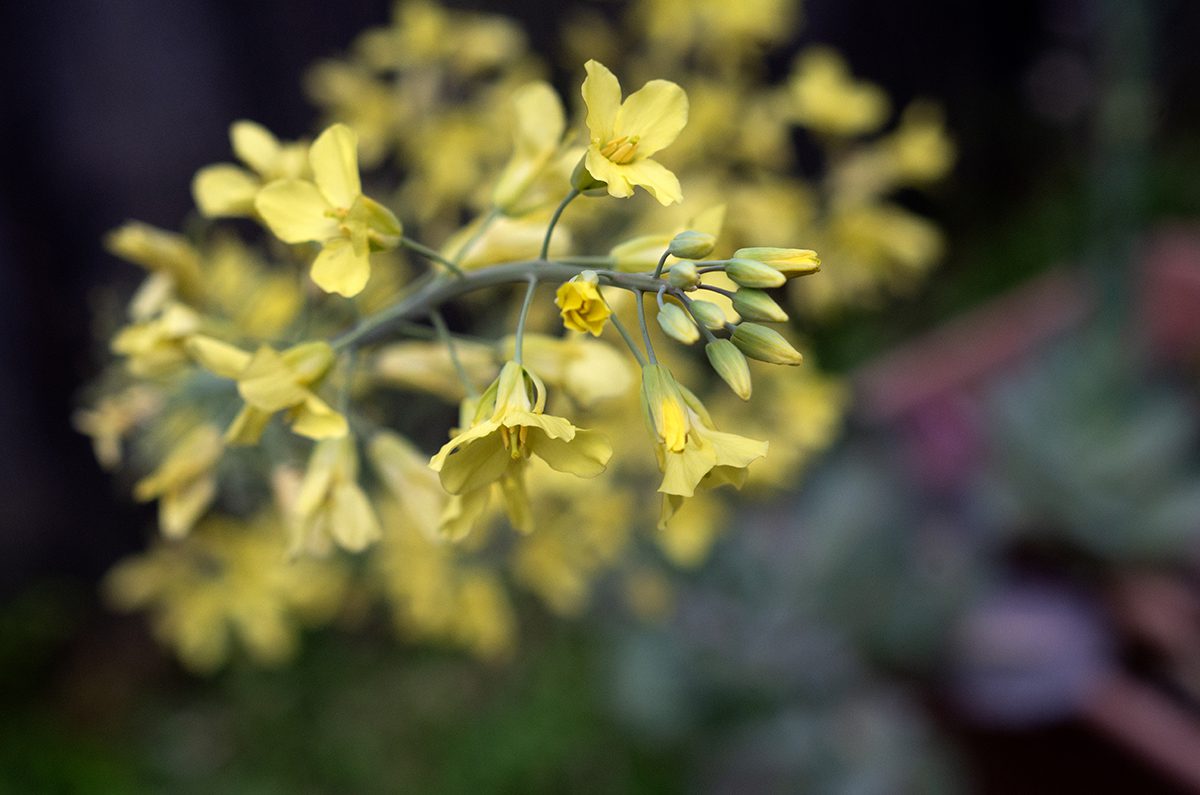
Wouldn’t it be awesome if we could plant gardens all at one time and be done with it?
Sadly, neither plants nor humans are geared to do that.
Supporter Spotlight
It’s a good thing gardening is a labor of love. Kind of like raising a child, it’s a never-ending, ongoing process.
Sure, getting the garden planted all at once would be amazing. But there’s a reason it doesn’t work that way. Lots of reasons, actually.
Cold crops — cabbage, collards, onions, potatoes, peas, lettuces, radishes, and many others — thrive in cooler weather. Heat kills them, just as heat increases the number of insects that love to nosh on cold crops.
Warm-season crops — tomatoes, peppers, squashes, green beans and a host of others — can’t take cold, but again, heat increases the number of insects and diseases.
While gardening would definitely be easier and humans might prefer a one-and-done, the disparity insures we have food year-round.
Supporter Spotlight
Before there were grocery stores with year-round produce sourced from all over the world, people ate what was local and in season. And hopefully, they canned or dried or otherwise stored enough to last them until the next time that particular crop ripened again.
If we listen to our bodies, we’ll notice cravings for certain things, leading us to search out that particular food. Usually a craving means you are deficient in some vitamin or mineral, and ancient wisdom, wisdom we’ve come to ignore in favor of chemical laden salty/sugary snacks, directs us to what we need.
Nearly unheard of nowadays, scurvy, a disease caused by a severe lack of vitamin C and easily corrected by eating citrus fruits, is ridiculously avoidable now. What would people do with no access to citrus?
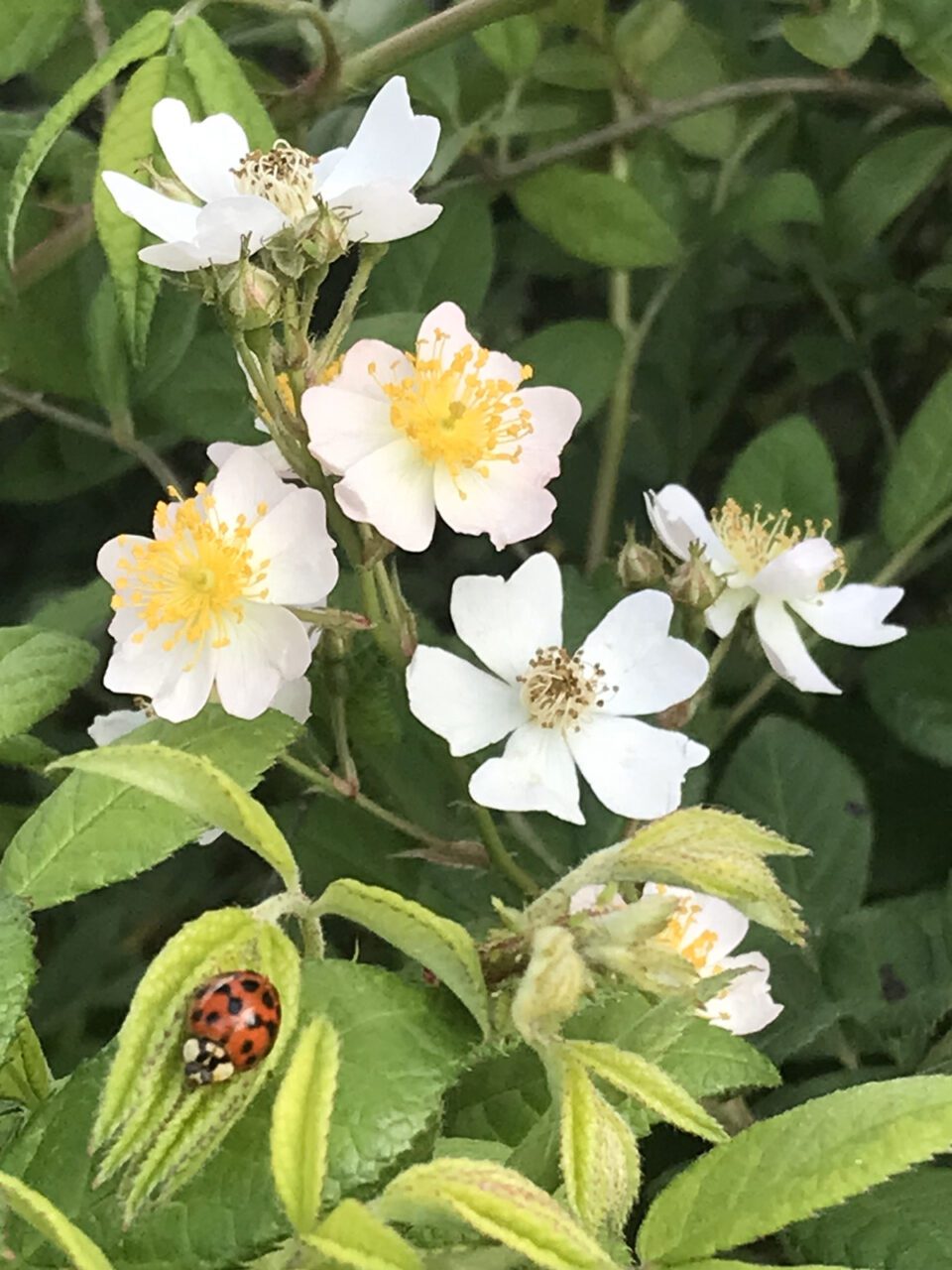
Rose hips, the part that stays on the bush if the flowers aren’t picked and they’re allowed to go to seed, is chock full of … You guessed it! Vitamin C! Rose hips are most noticeable in the fall, and sometimes will stay on the plant all winter. Voila! Vitamin C with no citrus!
What’s one of the first plants to appear in the spring? Dandelions. Dandelion greens are full of A, C, K, and some B vitamins.
Think about this: Nomadic peoples followed the herds, moving along with the seasons. The animals, whether domestic or wild, constantly stayed on the move. This ensured a fresh supply of food and water unsullied by the byproducts of large animals scarfing immense quantities of grasses and shrubby plants. Not only that, it kept internal parasites to a minimum because most parasites are expelled in feces and then remain in the soil, ready to infect the next hapless victim. Constant movement ensured longer periods between grazing, thus giving the parasites less of a chance to survive.
Humans, used to following the movements of their mobile food sources, took advantage of the ever-changing variety of foods as well. Berries, fish, game, nuts — whatever was in season, just like the critters they followed.
Is that an easy life? No.
Remaining stationary is much easier than staying on the move all the time, even though nomadic peoples have breaking down and setting up camp down to a science. Staying in one place gives humans a chance to grow crops instead of depending solely on foraging.
Both lifestyles are all about timing.
Nomadic peoples have to be at the right place at the right time: when a certain fruit is ripe, when fish are spawning and easy prey, when edible and medicinal plants are at their peak.
Staying in one place and growing a garden — while still foraging locally — means a steadier supply of food, provided you’re a good gardener and the weather cooperates. If there’s a drought, or floods, or unseasonably hot or cold weather, it doesn’t matter how good a gardener you are, which is where knowing how to forage or hunt becomes critical.
But staying in one place means you still have to follow growing cycles. When cole crops are phasing out, warm-season crops should be just getting started.
So how do you know when to plant? In our area, we’re blessed with two growing seasons every year. While we can plant cold crops in late winter or early spring, we can get another crop in about the middle of September.
Same with warm-season crops. We can do an early spring crop, and do one later in the summer that usually lasts until frost.
Timing is critical in spring crops. We need to be past the danger of frost, while still getting the crops to set blossoms and mature before the summer heat sets in.
There are endless old sayings about when to plant, with Easter being the most used. Never on a set date, Easter is always the first Sunday after the last full moon after the 21st of March. Partly because there’s always more extreme weather around a full moon, and partly because you want to get your warm-season stuff out as close to the full moon in April as you can. That way it has a month to grow and get stronger before the next full moon hits. While they’re always about, insects hatch out in greater numbers around a full moon.
Among the many sayings about when to safely plant so you can avoid frost, these are some favorites: When the dogwoods bloom. When pecan leaves are the size of a mouse’s ear. When the oaks leaf out. When you hear a whippoorwill. When grapevines leaf out. When the bats come out.
While these are never a failsafe, the older folks noticed patterns and judged planting times accordingly.
Leading to many catchy tried and true sayings, the older people heeded weather, and migratory patterns of birds and animals. What phase the moon was in. Where the sun was in its yearly back and forth between solstices.
Like the old adage “red sky at night, sailor’s delight; red in the morning, sailors take warning,” paying heed to hard-learned words of wisdom is a wise thing to do.

